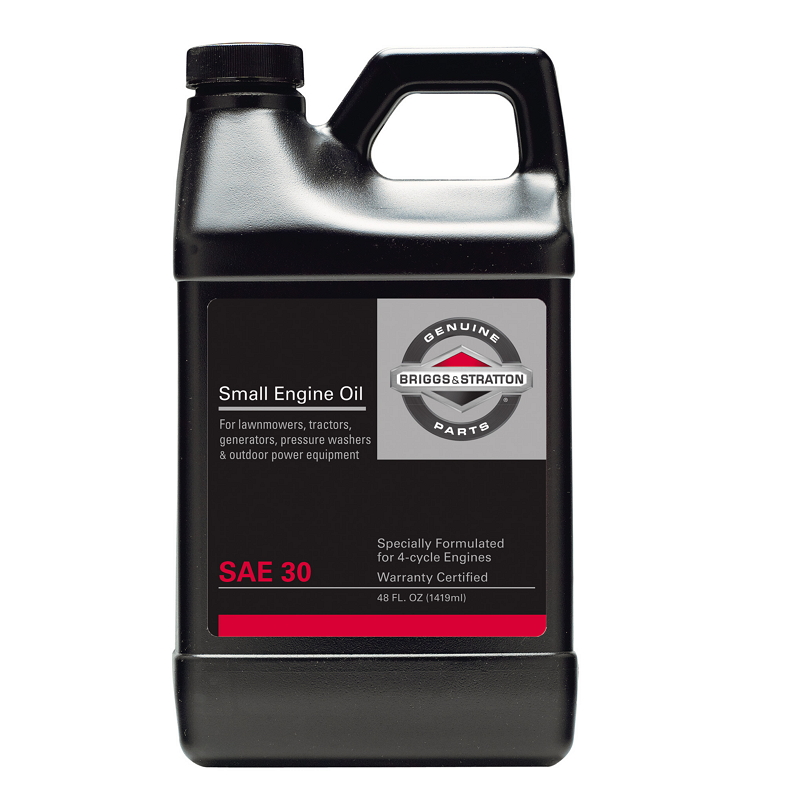How does a small engine governor work?
Quick Links:
The governor system is like a cruise control system in an automobile. It maintains the engine speed of your lawn mower or outdoor power products. When Briggs & Stratton governors are adjusted properly, they keep your speed steady regardless of engine load (the amount of work the engine must perform).
When powering a lawn mower, engine load can be affected by hills or height of grass. For a tiller engine, load may depend on depth of the tines where as a chipper’s load may be affected by the thickness of branches.
Without a governor, you would need to adjust the throttle manually each time your lawn mower ran across a dense patch of grass or the engine will stall. A governor does the job for you by detecting changes in the load and adjusting the throttle to compensate.
Your small engine contains either a mechanical governor, a pneumatic governor, or an electronic governor. The main difference between the three is how they detect speed.
A mechanical governor uses flyweights to create a force based off of crankshaft speed which is balanced by the force of the governor spring. The top engine speed is varied by increasing the spring force to run faster or decreasing the force to run slower. The governor spring wants to open the throttle and the governor tries to close the throttle. The interaction of the governor spring and mechanical governor holds the throttle at the desired engine rpms based upon a force balance and the load / operating conditions.
The speed-sensing device on a pneumatic governor is a movable air vane, made of metal or plastic. This small engine part registers the change in air pressure around the spinning flywheel.
The pneumatic governor also relies on one or two springs to pull the throttle toward the open position. As the load lessens and engine speed increases. Air blown by the flywheel also begins to increase, causing the governor blade to pull the throttle plate toward the closed position in its effort to maintain a steady engine speed. The pneumatic governor design is simpler and parts are easier to access. Cooling fin and air intake cleanliness is very important with pneumatic governors as a change in airflow affects the speed. See your operator's manual for cleaning of cooling fins as this is very important for proper operation.
This system consists of a controller, stepper motor, and in some cases a magnetic pick up. The pick up tells the controller how fast the engine is running and the controller tells the stepper motor to open the throttle more or less to keep the desired speed. In some systems, the controller will read the number of sparks from the armature to know the engine speed instead of using a magnetic pickup.
More questions about small engine governors for lawn mowers & outdoor power products?
Contact a Briggs & Stratton dealer near you for one-on-one help!





